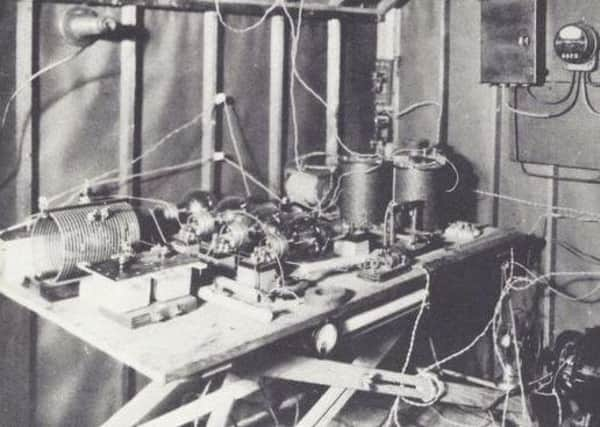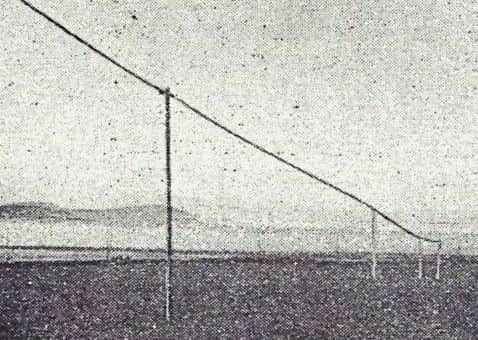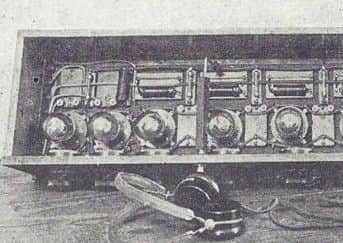Calling Ardrossan: Radio feat marked 95 years on


Amateur radio fans recreated the first transatlantic short wave broadcast yesterday to mark its 95th anniversary.
The 1921 transmission from Greenwich in Connecticut was picked up near Ardrossan in Ayrshire.
Advertisement
Hide AdAdvertisement
Hide AdAmerican Paul Godley had set up a receiving station in a tent in a field covered in seaweed just outside the town.


However, Len Paget, a director of the Radio Society of Great Britain, which set up the event, said it remained a mystery to why Godley had chosen Ardrossan.
He said the visitor had come to Britain with his radio equipment earlier that year but failed in an initial attempt to receive a signal in Middlesex.
He is thought to have been pointed to Ardrossan by members of the London Wireless Society, possibly because of the clear path for radio waves across the Atlantic, uninterrupted by land.
The transmission was sent from a Radio Club of America test station set up in a small shack on land owned by radio pioneer Minton Cronkhite.


A monument was erected at a junction on Clapboard Ridge Road.
A special radio transmission event was staged to commemorate the milestone, with two-way contact between Greenwich and Radio Society of Great Britain member Jason O’Neill in Ardrossan.
Advertisement
Hide AdAdvertisement
Hide AdIt involved a range of radio equipment, including vintage and modern transmitters and receivers.
One of those used was a 1950s-era transmitter owned by American rocker Joe Walsh.


The latest “software-defined” radio gear was also pressed into service.
Taking part were members of the American Radio Relay League, the Radio Club of America and the Radio Society of Great Britain, which has around 2,000 members in Scotland.
The American broadcasters established a special event station very close to their original field site, which is now Greenwich Country Day School.
Mr Paget said: “The frequencies used for the transmission were thought at the time to be useless for long-distance communications and were given to radio experimenters as they were thought to have little or no commercial value.


“The success of these experiments showed transatlantic transmissions could be achieved using short-wave frequencies with a power equivalent to that used by your toaster in kitchen.”
Mr Paget said the transmission proved the global use of short wave and led to the BBC World Service using it.